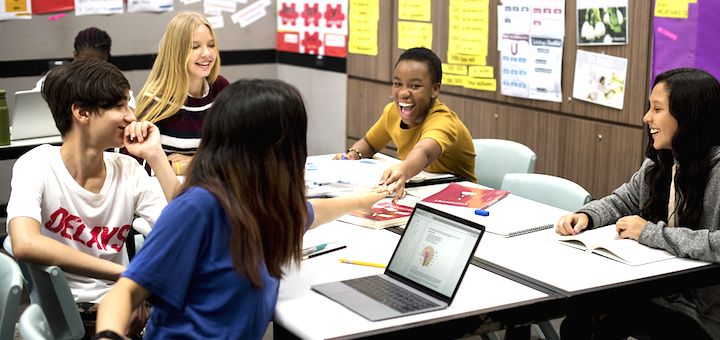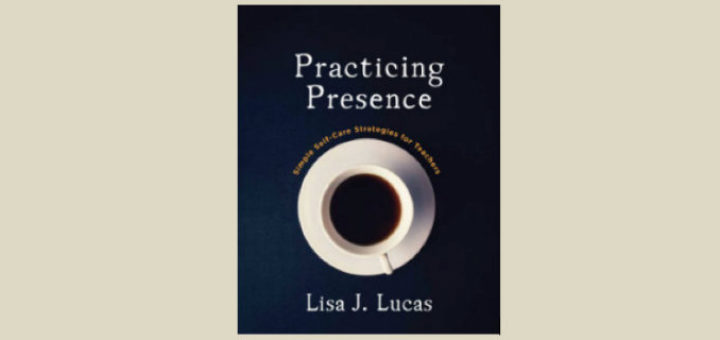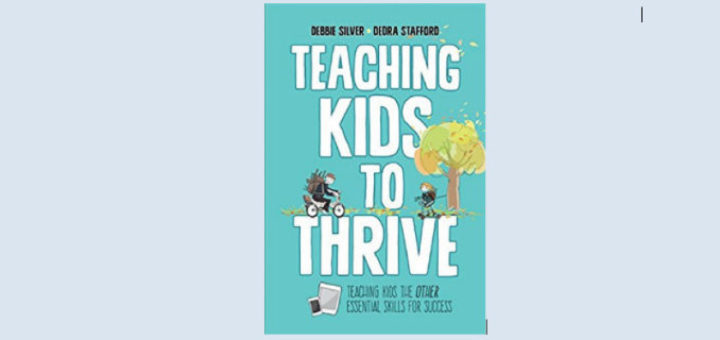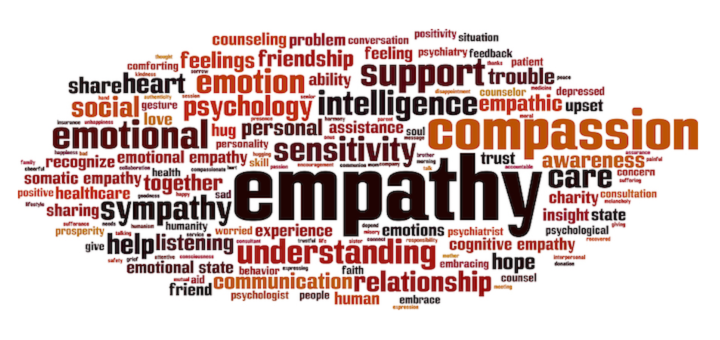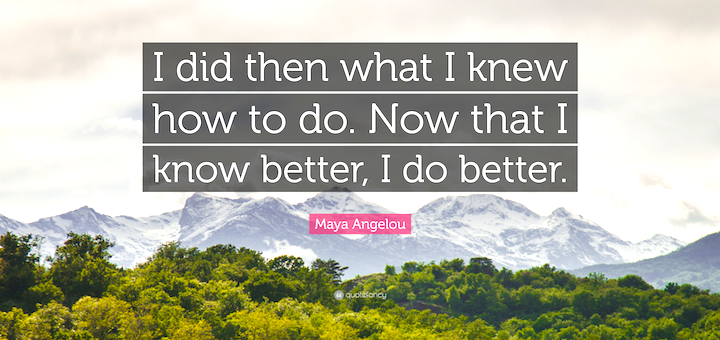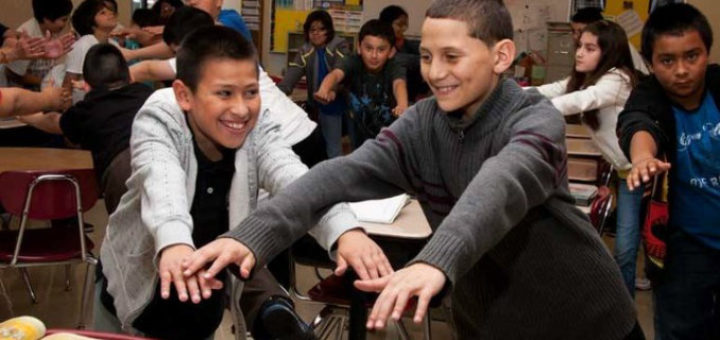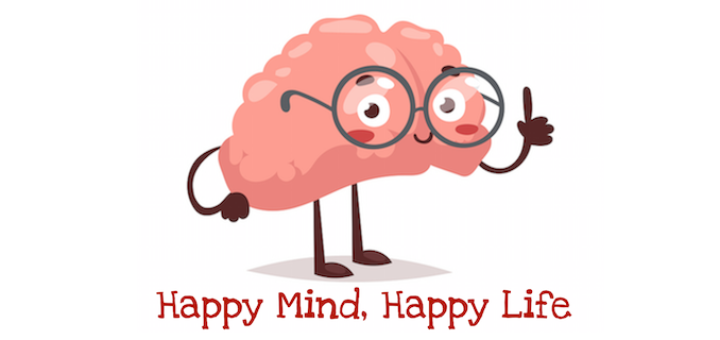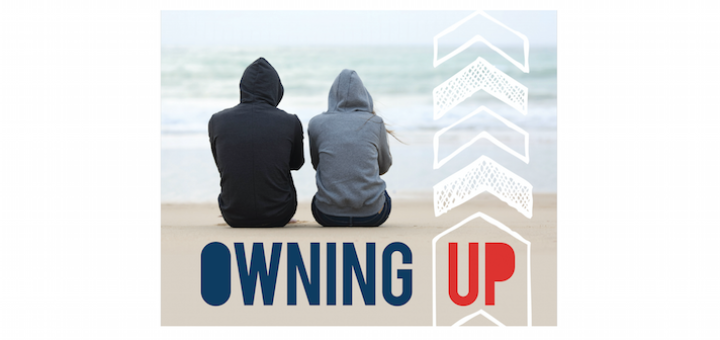Tagged: social-emotional learning
Given what we know about the adolescent brain, is it realistic to attempt to teach middle school students how to manage their emotions and use their best knowledge and judgment? Emotional intelligence expert Dr. Maurice Elias says it’s not only realistic but imperative.
Mindfulness, teacher self-care, and increased job satisfaction for teachers are currently hot topics. Teacher librarian Rita Platt finds Lisa J. Lucas’ helpful book, Practicing Presence, a welcome addition to the conversation about Social Emotional Learning for educators.
The content of “Teaching Kids to Thrive” will help teach students positive ways to think, practice executive functioning skills, and create a culture of caring and responsibility. Linda Biondi describes why she found it to be one of the most empowering books she’s read.
Amber Chandler’s The Flexible SEL Classroom marries SEL with academics in a way that feels fresh, best-practice based, and perhaps most importantly, very practical, writes educator Rita Platt, adding that each chapter offers ready-to-use classroom strategies.
Integrating social-emotional learning into your classroom is necessary and practical, writes eighth-grade teacher, book author, and NBCT Amber Chandler, in a time when “loads of research tells us that kinder, gentler classrooms are better learning environments.”
Debbie Silver and Dedra Stafford offer a detailed look at social-emotional learning in Teaching Kids to Thrive. Veteran teacher David Bever finds the up-to-the-minute research coupled with extensive strategies a winning combination for boosting SEL practice.
In Teaching Kids to Thrive, says special education teacher-coach Laura Von Staden, Debbie Silver and Dedra Stafford provide a great book, full of research and resources, that craftily ties together the theories and research on vital, overlapping SEL skills.
We may assume that by middle school children have developed social skills, but this is often the age when they need to work on grounding activities the most. Carla Tantillo Philibert and Peggy Collings offer 4 tips to make SEL part of everyday teaching and learning.
Integrating performance-boosting Social Emotional Learning requires educators to broaden school goals beyond pure academics. Debbie Silver shares four tips for teaching “Thrive” skills that lay the foundation for healthy, centered, and successful young adults.
Owning Up, a 6-9 SEL curriculum developed by Rosalind Wiseman in partnership with AMLE, can give young people the capacity to understand their individual development in relation to their peers and the skills to be competent in the social conflicts they experience.

